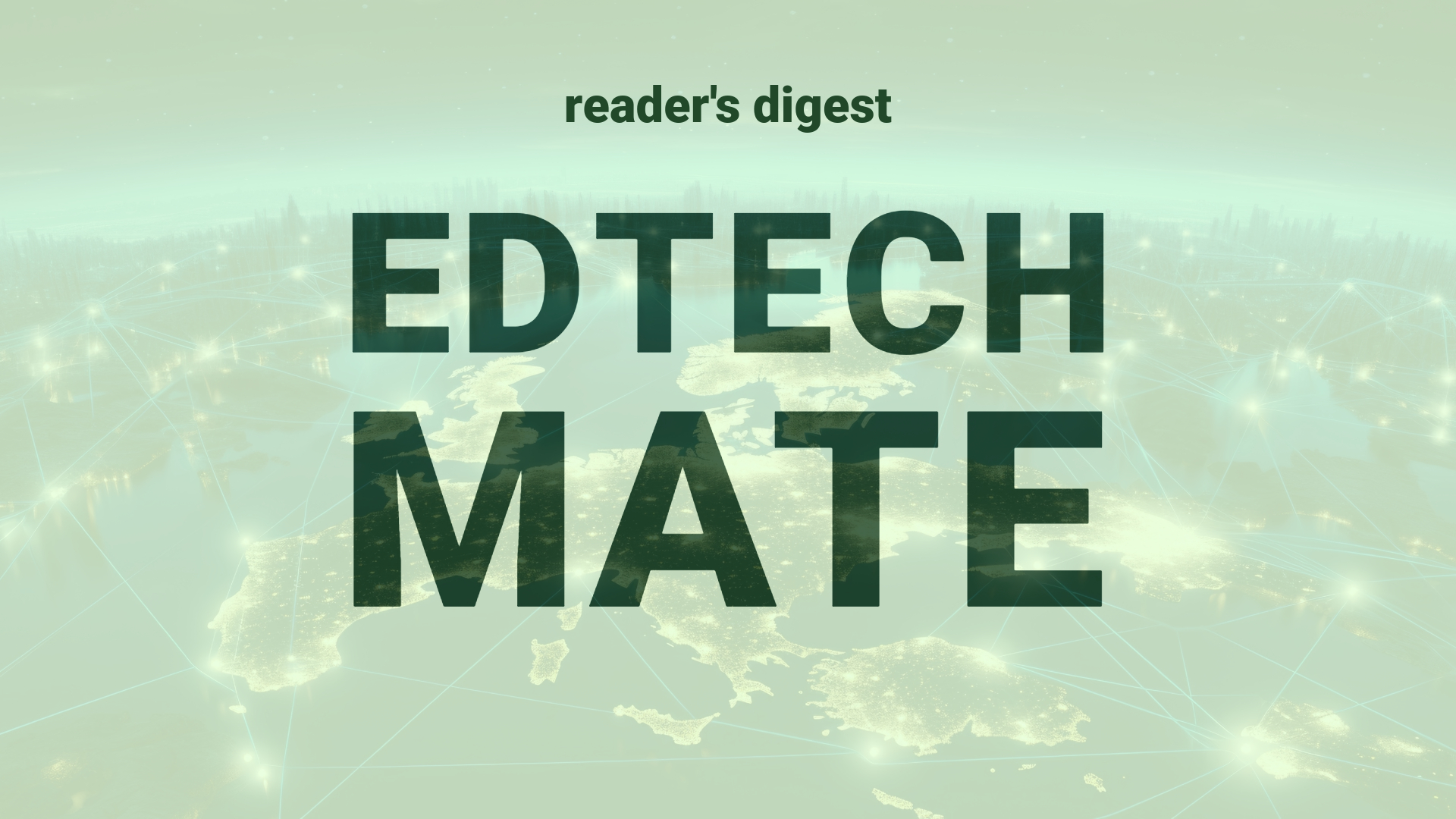Executive Summary and Main Points
The rapid evolution of IT infrastructure within the manufacturing sector underscores a strategic shift towards leveraging technology to enhance operational efficiency, innovation, and competitive advantage. Key trends driving this transformation include cloud adoption, data analytics, AI integration, and IoT connectivity. The focus has shifted from technology refresh to strategic modernization, aimed at aligning IT upgrades with the business value proposition. Reaping tangible benefits from these advancements requires a synergistic approach involving IT and business leaders.
Potential Impact in the Education Sector
The education sector, specifically Further Education and Higher Education, can greatly benefit from adopting similar IT modernization strategies. Enhancements in operational performance, innovation, customer experience, and risk management can translate into improved educational delivery, administrative efficiency, and student satisfaction. The strategic integration of technologies can also foster the development and delivery of Micro-credentials, enabling institutions to offer more personalized and flexible learning opportunities. Partnerships with experienced integrators can streamline this transition, ensuring that educational institutions move towards a more resilient and future-ready posture.
Potential Applicability in the Education Sector
For educational institutions, modernizing IT infrastructures can introduce advanced tools for personalized learning experiences and agile curriculum development. AI can facilitate adaptive learning and automate administrative tasks, while data analytics provides insights to tailor programs to student needs and industry trends. IoT could enhance campus safety, facilities management, and create smart learning environments. Combined, these technologies enable institutions to serve a global student body more effectively and prepare them for the demands of a digital economy.
Criticism and Potential Shortfalls
While technology modernization offers considerable advantages, potential pitfalls include over-reliance on technology, privacy concerns, and cultural resistance to change. Case studies have shown discrepancies in the readiness and acceptance of digital tools across global institutions, sometimes exacerbating educational inequalities. Moreover, ethical concerns arise over data handling and AI biases. A careful, culturally aware approach ensuring inclusivity and safeguarding academic integrity is crucial to the successful digital transformation of the education sector.
Actionable Recommendations
Educational leaders seeking to modernize should approach IT infrastructure renewal as a strategic investment into the long-term value of their institution. Collaborative strategy development should involve all stakeholders, including students, to ensure alignment with educational goals. By establishing clear metrics and regular review processes, educational institutions can remain adaptable to the evolving technological landscape. Partnering with experienced systems integrators can expedite this process, synchronizing educational offerings with learner needs and global standards.
Source article: https://www.cio.com/article/2497117/modernize-manufacturing-it-to-maximize-business-value-on-microsoft-cloud.html

